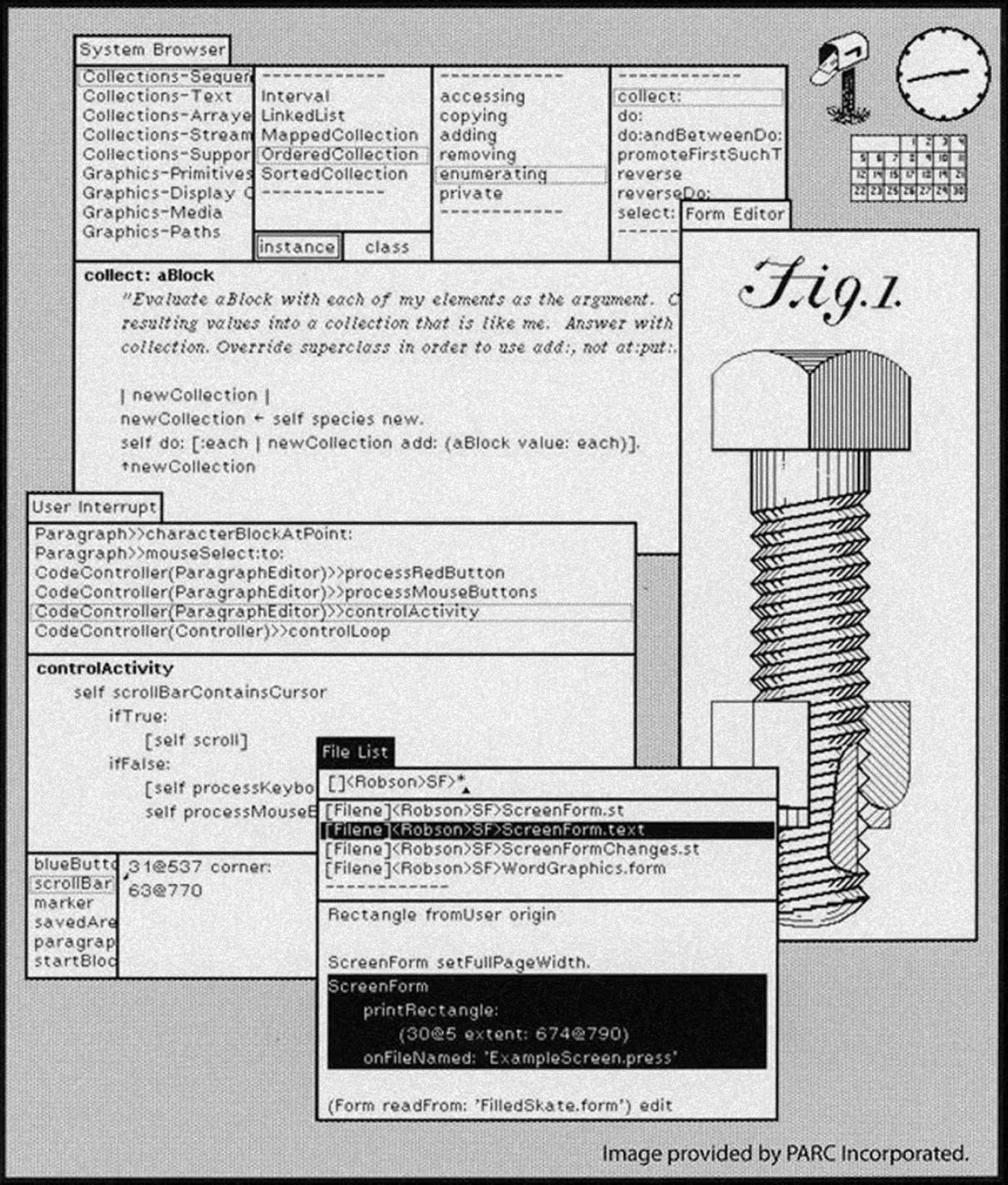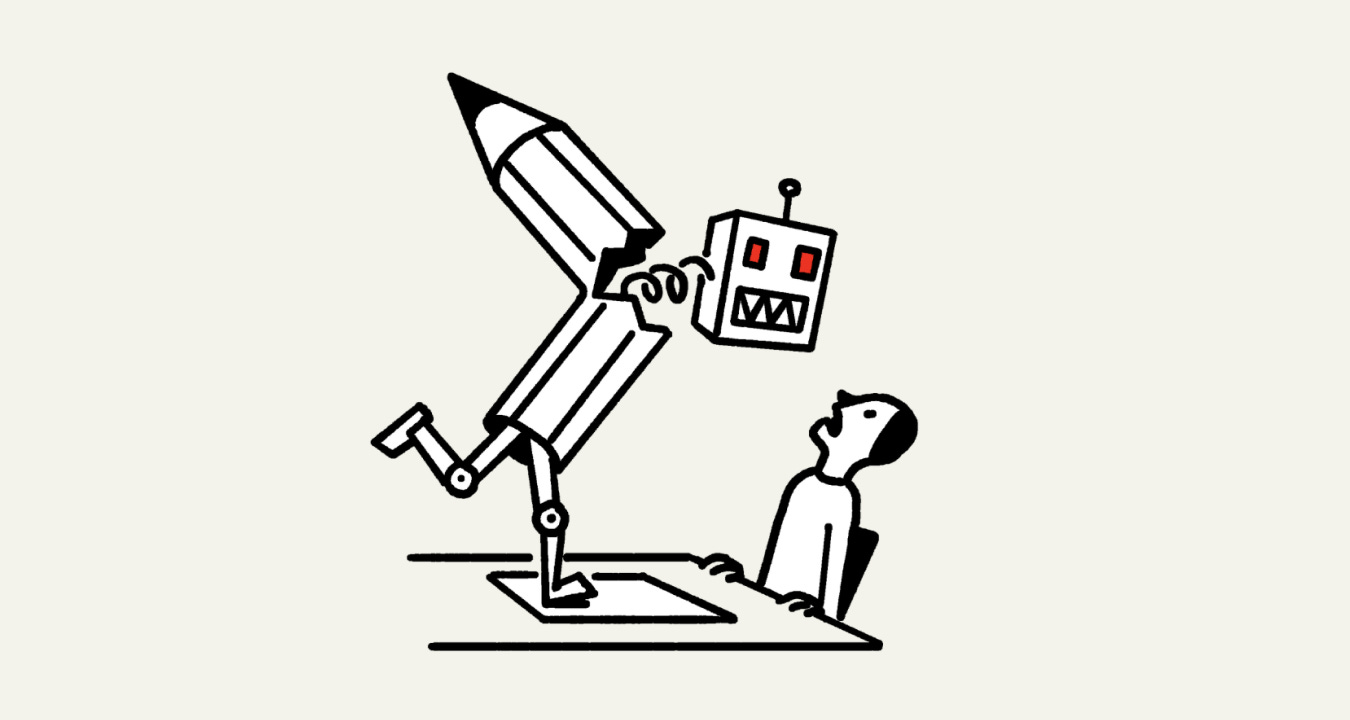The secret of good metaphors
Weekly curated resources for designers — thinkers and makers.
“Here’s something that has always fascinated me: our understanding of the human body, particularly the brain and nervous system, has been profoundly shaped by the tools and technologies of each era.
During the rise of mechanical craftsmanship, we began perceiving the body and brain as hydraulic systems (Descartes, 1600s) and intricate clockwork mechanisms of gears and springs (La Mettrie, 1700s). The industrial revolution brought new perspectives: the telegraph system with its information-carrying electrical wires transformed our view of the nervous system (Helmholtz, 1800s), while the steam engine, with its energy and pressure, became a model for understanding the brain (Freud, 1800s). (…)
Our bodies and brains are incredibly complex systems. To comprehend them, we naturally turn to what we already understand — the most sophisticated technologies of our time — and we do so through metaphors and analogies. As designers, we dedicate substantial time to crafting the perfect visual metaphors that make the novel and unexpected feel familiar and approachable. But how do metaphors and analogies work? And what makes a good metaphor?”
The secret of good metaphors →
Webinar: The expert approach to setting up a UX repository for success →
[Sponsored] Knowledge Management Expert for UXR, Emily DiLeo, helps enterprises evaluate and launch engaging UX research repositories. In this webinar, she shares four criteria she uses to choose and launch repositories that engage stakeholders and drive action.
Editor picks
The eleven commandments of AI UX →
Sacred principles for the intelligence era.Design is a language →
Understanding levels of linguistic change in an era of uncertainty.New innovation cycle; same wicked problem →
Are we repeating old habits that bankrupt our thinking?
The UX Collective is an independent design publication that elevates unheard design voices and helps designers think more critically about their work.
An illustrator confronts his fears about AI art →
Make me think
The new skill in AI isn't prompting, it's context engineering →
“With the rise of Agents it becomes more important what information we load into the “limited working memory”. We are seeing that the main thing that determines whether an Agents succeeds or fails is the quality of the context you give it. Most agent failures are not model failures anymore, they are context failures.”I deleted my second brain →
“Two nights ago, I deleted everything. Every note in Obsidian. Every half-baked atomic thought, every Zettelkasten slip, every carefully linked concept map. I deleted every Apple Note I’d synced since 2015. Every quote I’d ever highlighted. Every to-do list from every productivity system I’d ever borrowed, broken, or bastardized. Gone. Erased in seconds.”Design leadership in the age of AI →
“AI is transforming the way we work — automating production, collapsing handoffs, and enabling non-designers to ship work that once required a full design team. (…) But here’s the key difference between teams that will thrive and those that won’t: Some design leaders are taking control of the narrative. Others are waiting to be told what’s next.”
Little gems this week
Just start: shutting out the AI hype and forming your own perspective →
Fairness isn’t a metric: what creatives in tech should learn from the WGA strikes →
User behaviours, product design architecture, and the impact of AI →
Tools and resources
RAAEE: tracking framework for product features →
What users click is just the tip of the iceberg.Guide to custom UI for AR →
How to design interfaces that get the most out of headsets.10 Figma shortcuts that will cut your design time in half →
Move faster, design smarter.
Support the newsletter
If you find our content helpful, here’s how you can support us:
Check out this week’s sponsor to support their work too
Forward this email to a friend and invite them to subscribe







